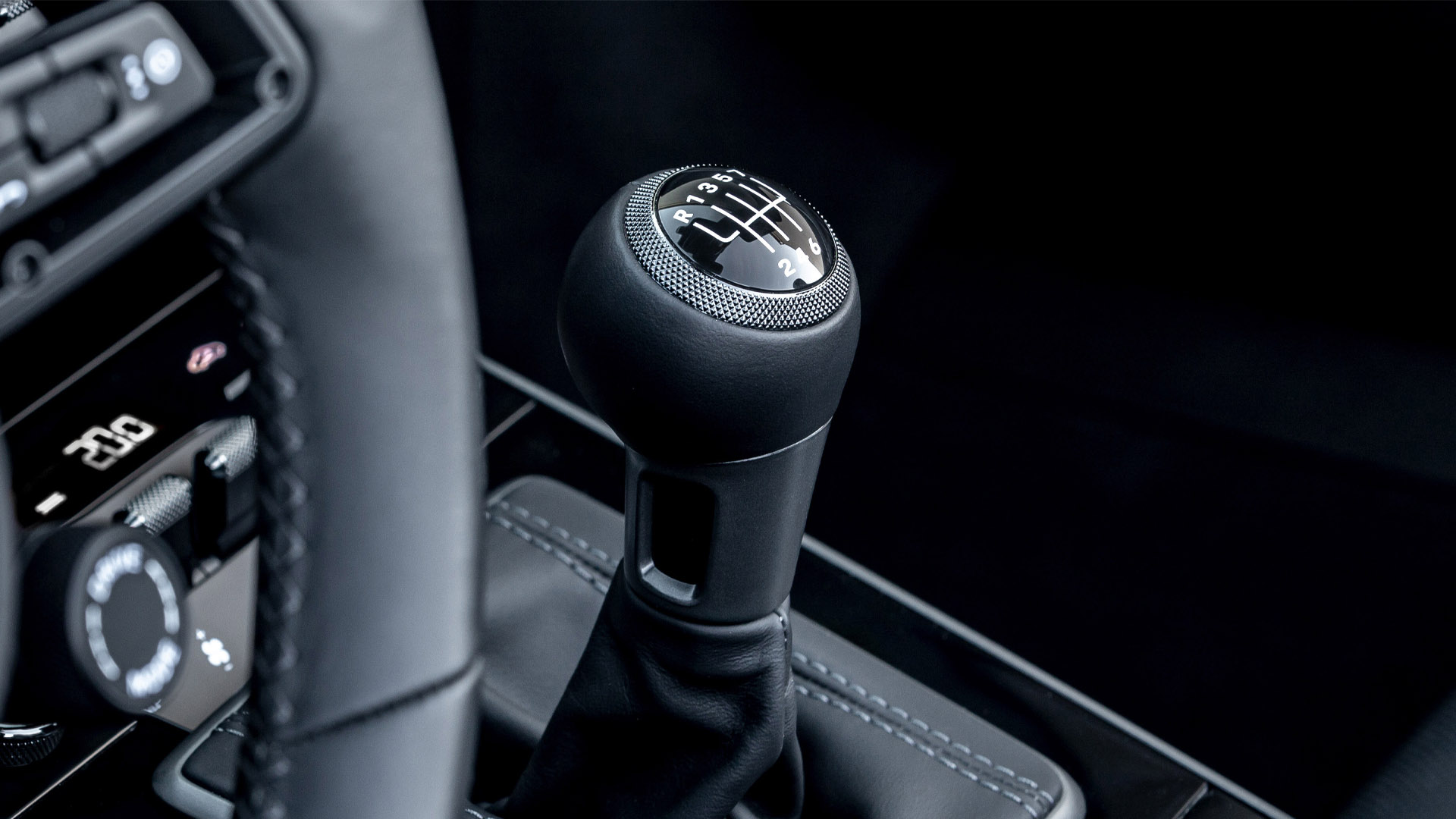

Manual cars reached an all-time low market share in 2021, consisting of less than 1% of new car sales, according to J.D. Power figures. Since their 0.9% floor, there has been a rebound. Sales rose in 2022 to 1.2% and now in 2023 manual cars consist of 1.7% of the new car market. That represents a year-to-date rise of 12.2%. Now, the Wall Street Journal is reporting it’s because more people, especially young people, are beginning to intentionally seek out manual-equipped cars, as opposed to just buying them because they’re the cheapest or most fuel-efficient option available. Some evidence definitely points to this.
According to J.D. Power, automakers in 2019 offered 69 models stateside with manual transmissions. Today it’s just 43. Despite this, enthusiasts are arguably putting their money where their mouth is on the eve of electrification. Manufacturers of stick shift cars have capitalized on offering manuals, from Cadillac to Acura to Mazda. In Cadillac’s case, the take rate for stick shift versions of the CT4-V and CT5-V Blackwing is higher than anticipated. Speaking to WSJ, Acura says one out of four new Integras are spec’d with a clutch pedal. In fact, a whopping 70% of reservations for early cars were stick. Mazda’s Miata is likewise no longer available with an automatic transmission.

That’s despite some popular sports cars ditching the H-pattern in the name of performance. The Corvette, for instance, is now automatic/DCT only. Likewise, the next-generation Porsche Cayman will likely be fully electric, ditching an internal combustion engine altogether in the name of performance and environmental consciousness.
The resistance to performance for performance’s sake and electrification altogether is growing, though, and not necessarily in a reactionary anti-environmental way. This could be a boon for the manual transmission’s future. Mazda and Porsche have both said that their flagship sports cars, the Miata and the 911 respectively, will always be powered by internal combustion, and that likely means manuals. Future generations of ICE sports cars could likewise switch back to a stick shift not only to save money but also to capitalize on what enthusiasts love about ICE enthusiasts’ cars.
The evidence says fans of the stick shift aren’t dying out, either. Half of the buyers of manual Acura Integras were between the ages of 18 and 46. Likewise, a quarter of new MX-5 buyers are 18 to 35.
In short, there are small but solid indications that the stick isn’t dead yet. Even with fewer offerings, sales are on the rise, and people that like manuals tend to love them. If we’re lucky, they’ll be driving considerable demand for the foreseeable future, and automakers will want to cater to their needs.
Got a tip or question for the author? You can reach them here: peter@thedrive.com